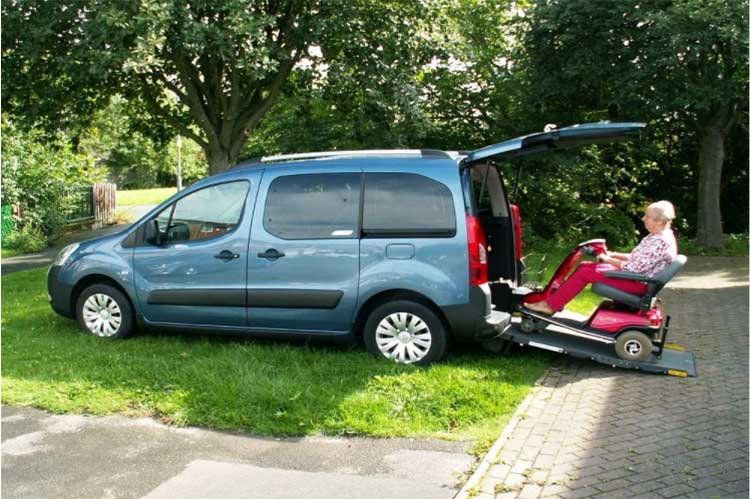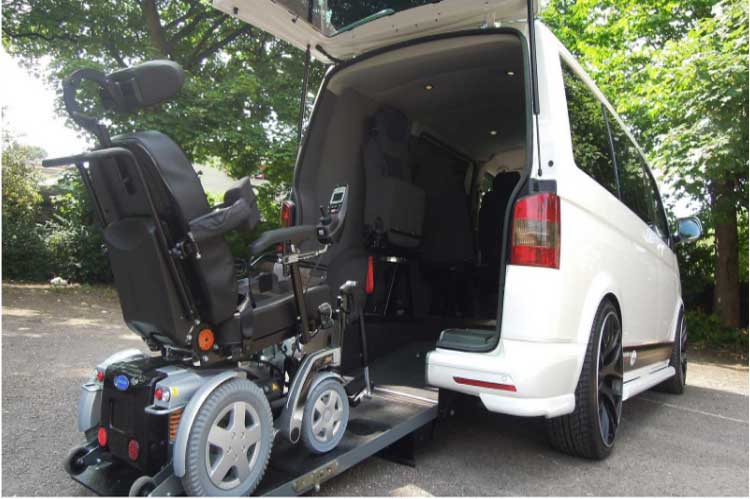Are you shopping for a wheelchair-accessible vehicle (WAV)? WAVs are converted by mobility experts to provide disabled passengers with the possibility to travel in their wheelchairs.
The floor of these cars/vans is lowered, while a foldable ramp is secured to them to offer better entry. They are available in rear-entry and side-entry designs. There are numerous factors to take into account when purchasing one, such as size, entry, ramp, engine size, and budget. The majority of WAV vehicles UK dealerships offer a selection of new and used WAVs from key manufacturers.
The following guide will assist you in making a purchase.
Determine your WAV needs
The first factor to consider when purchasing a wheelchair-accessible vehicle in the UK is your WAV needs. Since the investment in such a vehicle is a long-term solution, functionality is definitely worth exploring. The buying process can be simplified by narrowing your options down. You should be considering your future needs, not just your current requirements.
There are several questions to be answered in order to select the right WAV, such as determining the number of people who will travel in it, choosing between a side-entry and rear-entry vehicle, choosing between a fold-out and side-out ramp, etc. Buyers should also decide whether the driver will be the wheelchair user or the caregiver. By making such choices, you can compose a list of potential WAVs and narrow it down later.
Consider the Size
The following factor to take into account when shopping for a WAV in the UK is the size of the vehicle. They come in various sizes to address different needs, meaning you should gain a general idea of what these vehicles are used for. For instance, small models are recommended for commuting, shopping, and making short-distance journeys. Nevertheless, they provide fewer seats for additional passengers.
Moreover, medium wheelchair-accessible vehicles are either cars or vans that provide seats for a maximum of four people, including the wheelchair passenger. In contrast, large WAVs have between five and seven passenger seats and a low floor with a ramp. It’s of the utmost importance for your wheelchair to fit the model you choose and the number of passenger seats to meet your requirements.
In order to see whether the wheelchair will fit comfortably inside a WAV, it should be measured with the person sitting in it. The measurement should be done from the top of the person’s head to the floor while making sure the posture is in a position that’s natural. Check out some useful tips for measuring a wheelchair.
Choose Between Side and Rear Entry
Another decision to make when buying a WAV in the UK is choosing between side and rear entry. Such a decision is best made by assessing the equipment of the wheelchair user and its mobility. Individuals with limited mobility would benefit more from a rear-entry WAV, and the caregiver can sit next to the patient.
Side entry, on the other hand, is a better option for individuals with flexible mobility, as it enables them to maneuver the wheelchair into place. It provides more room for additional passengers. Anyhow, the transportation needs of the WAV user should be assessed to make the best choice.
Choose Between An in-Floor and Fold-Out Ramp
The choice of a ramp is of essential importance in making the right decision. WAV buyers should select either an in-floor or a fold-out ramp, both of which affect seating options. The former provides a maximum sitting arrangement of six individuals, whereas the latter offers a maximum seating of five people.
Furthermore, in-floor ramps are more convenient in terms of space, whereas fold-out ramps are easier to navigate due to the high side rails. Both types of ramps are suitable for fitting standard to oversized wheelchairs.
Consider the Position of the Wheelchair User

The location of wheelchair user seats depends on whether individuals will use the vehicle as passengers or drivers. If using the car/van as a passenger, the best options are to secure the seat in the rear or the front passenger area. By securing the user in the rear of the vehicle means the distance necessary to transport the wheelchair into the car/van is shorter.
In addition, some WAVs allow users to be secured into the front of the vehicle, not the rear. The design of these models is more complex, but passenger space is more limited as well. This option is more preferred for longer journeys. Finally, some models provide more freedom to wheelchair users by enabling them to access the car in the driver area. They come equipped with driving aids, such as specially adjusted pedals or hands only controls.
Check the Engine Size
Even though the engine size isn’t the first priority of buyers, it should be taken into account and based on your driving style and the places you drive to regularly. Larger engines are capable of producing more power, which leads to quicker acceleration. A large engine is better suited for regular driving on the motorway.
Nevertheless, if city driving is your main priority, a smaller engine would be a better fit. Small engines tend to be more economical but produce less power than larger engines.
Consider your Budget
Budget considerations are essential when it comes to purchasing a WAV. Prior to visiting a dealership, every buyer should assess vehicle price ranges and take the time to analyze their vehicle inventories. Even if you have made a decision on the make and model, you should choose the right manufacturing year.
Another thing to research is the financing options, which make the purchases of these cars more affordable. Each manufacturer offers different types of loans, insurance options, rebates, and promotions to consider. For instance, veterans injured while performing their work duties might be eligible for some service benefits.
A final Note
There is a myriad of WAV options available on the market.
Make the best choice of size, design, and accessibility!





